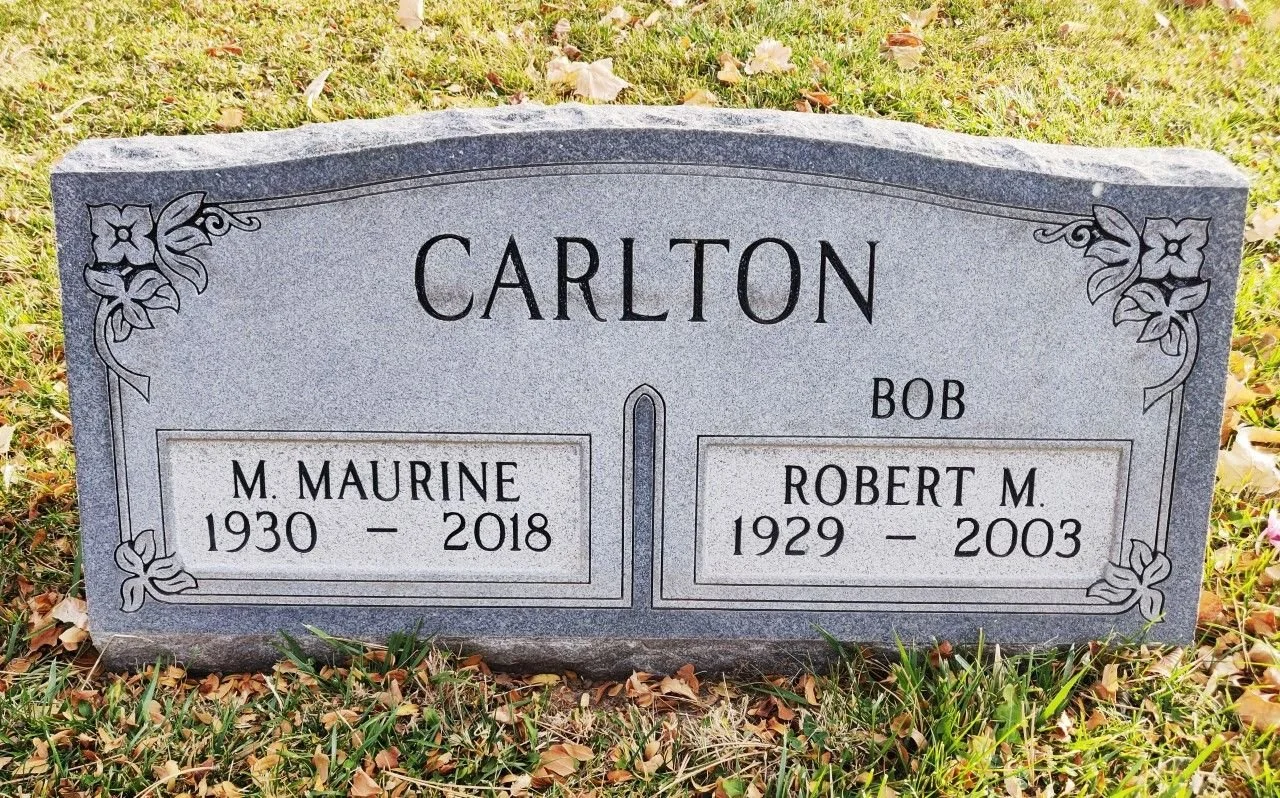Two Generations, Two Farms, One Thread
My grandfather ran a five-acre sheep farm in a small town in southern Colorado where I grew up before I headed off for college. His tools were worn smooth from years of his grip. His workday started before the sun and ended when the animals were fed and the fields were quiet. It was small, simple, and direct. You raised the animals, you sheared the wool, and you kept what you needed for your family. He died when I was eighteen, months before I graduated from high school. I am forty-one now, and Alexys and I farm a single acre in the Mid-Ohio Valley of West Virginia. The gap between his way of farming and ours could be measured in decades or in light years.
He didn’t have to think about social media algorithms, direct-to-consumer shipping, or navigating online sales platforms. His marketing was a handshake, a neighbor’s recommendation, a reputation built over seasons. The idea of selling to someone who never set foot on his land would have felt strange. Today, most of our sales start with someone scrolling a phone. The exchange still ends with something tangible in someone’s hands, but the path there is unrecognizable from his.
Our farms are similar in size, but that is where most of the similarity ends. He kept sheep for wool. We keep chickens, rabbits, and quail for meat and eggs. He relied on pasture, seasonal forage, and feed when the land could not provide. We rely on a more controlled mix of pasture, feed, and infrastructure built to keep a variety of animals healthy in every season. He didn’t think about energy independence. The power grid was just there, something you paid for and used. We are piecing together a solar system, not because it is fashionable but because we do not want to be at the mercy of a utility company that cannot keep the lights on.
Some changes are forced by the times. Regulations, feed costs, and land prices have shifted what is possible. A small farm like his might not even get off the ground today without creative sales, multiple revenue streams, and direct marketing. But other differences are deliberate. He worked mostly within the systems of his day. We are trying to starve those systems, to keep more of the value here, on this acre, with our labor.
And yet, the thread between us holds. We still measure the day by what our hands did, not by how many hours a clock says passed. We still think of animals as partners in the work, not just inventory. We still believe that a small piece of land, cared for properly, can feed people well.
If my grandfather could walk our farm today, I think he would see a world that makes less sense than the one he knew, but he would recognize the work. He would recognize the purpose. And maybe, in the clatter of quail hutches or the rustle of rabbits settling in for the night, he would hear something familiar. The sound of someone building a life from the ground up.

